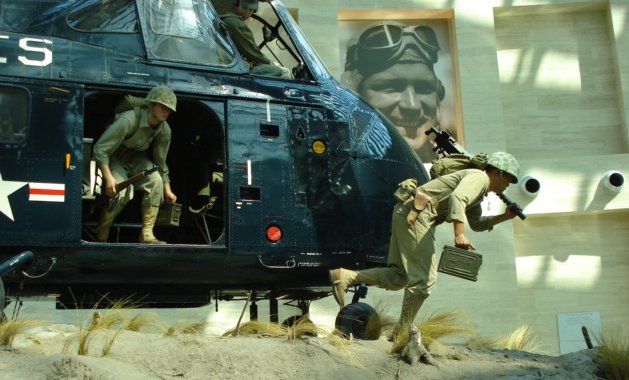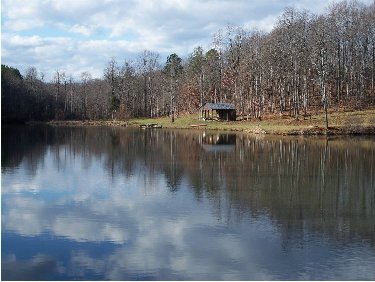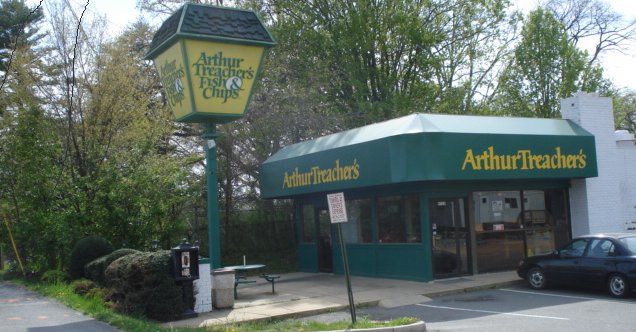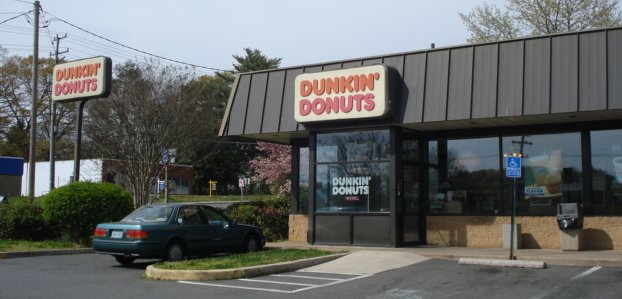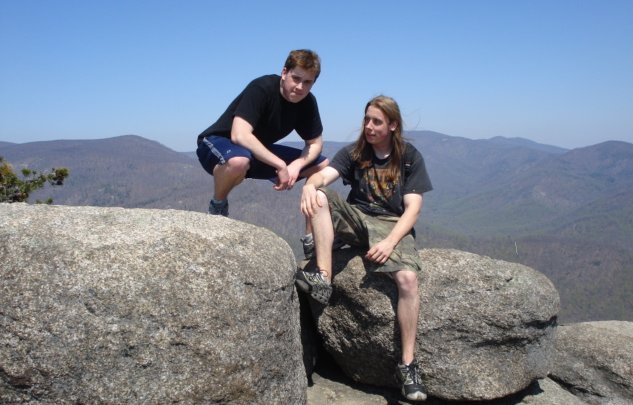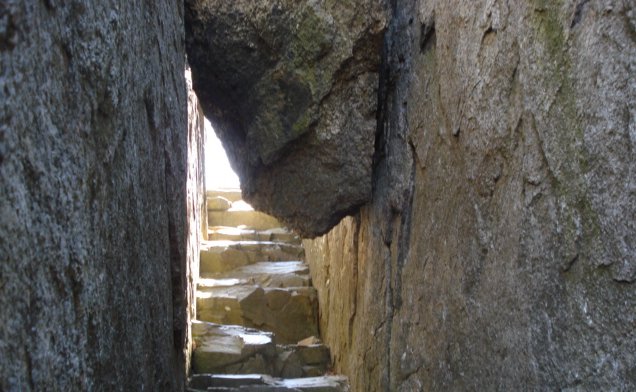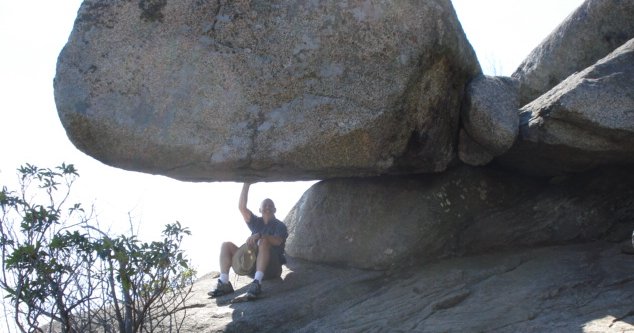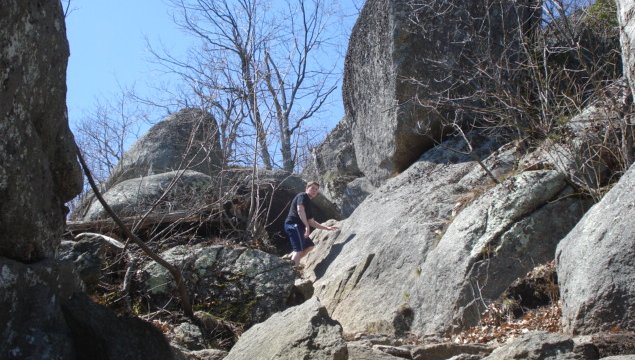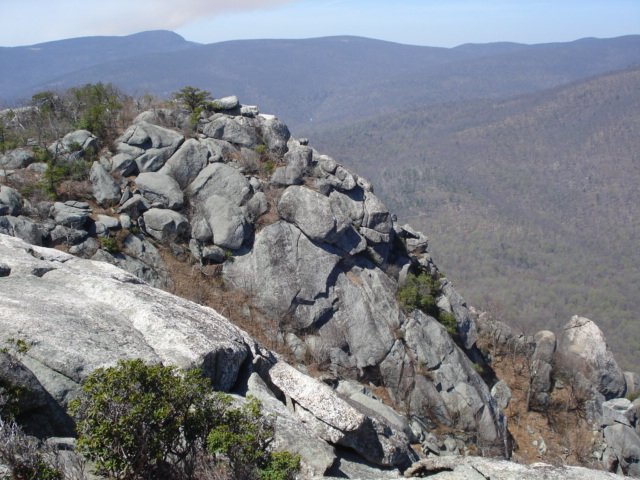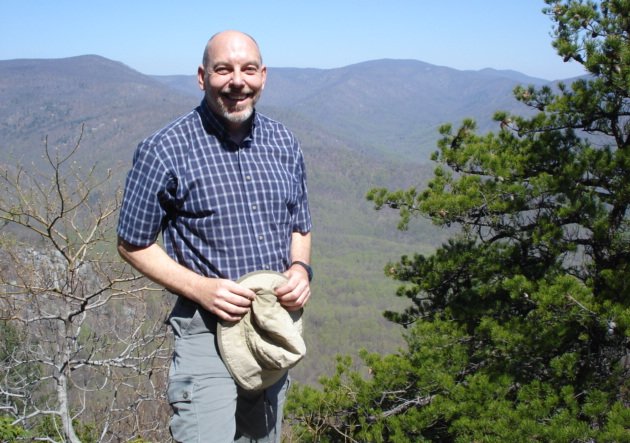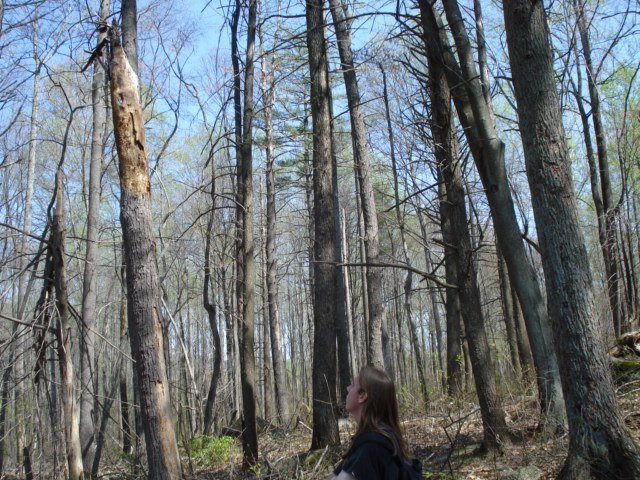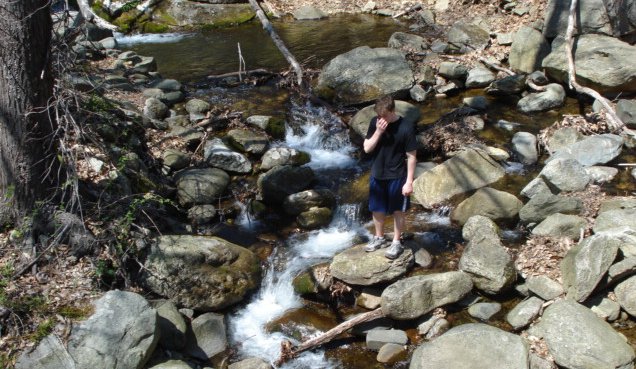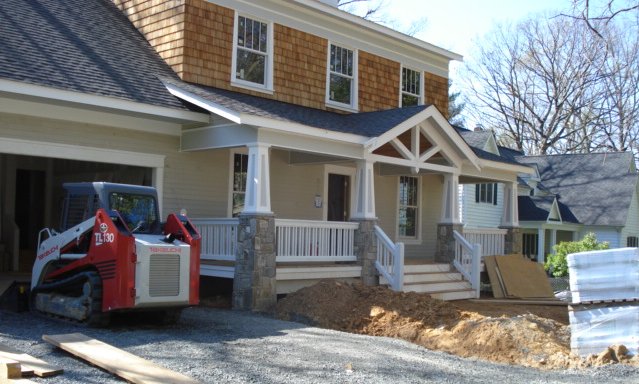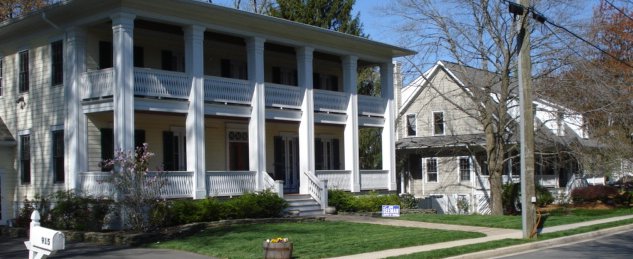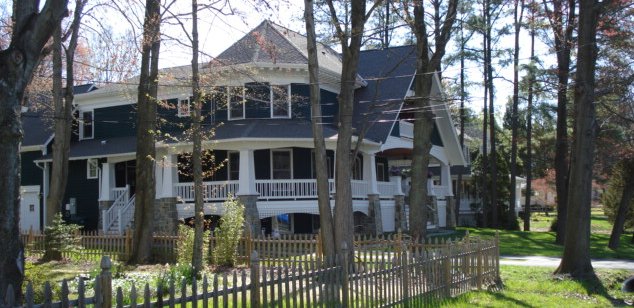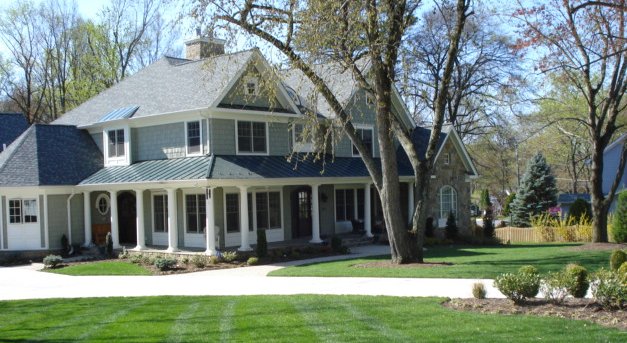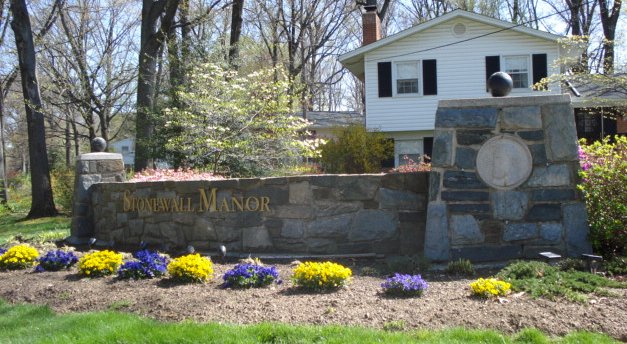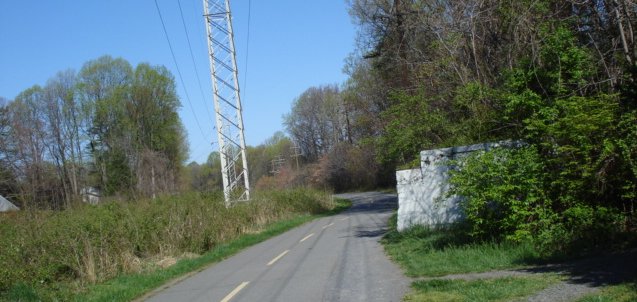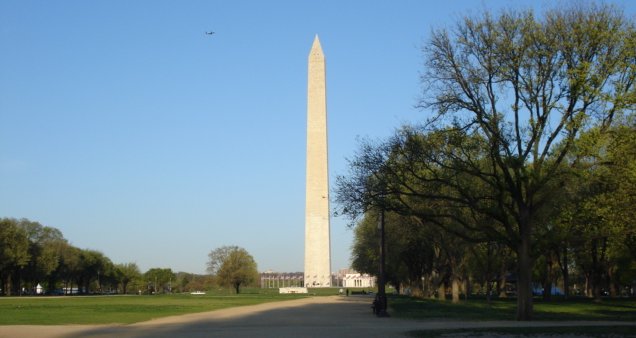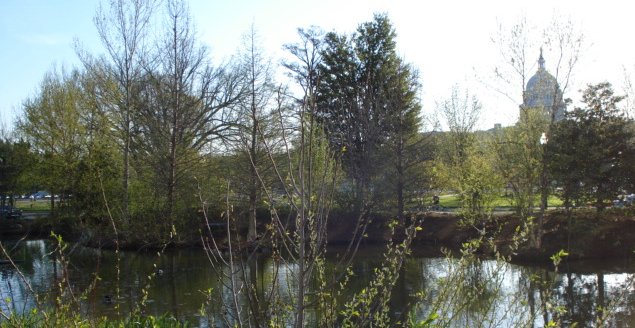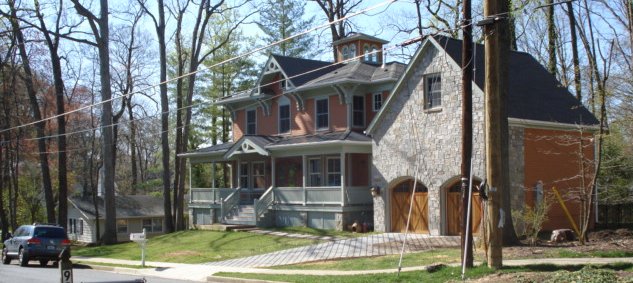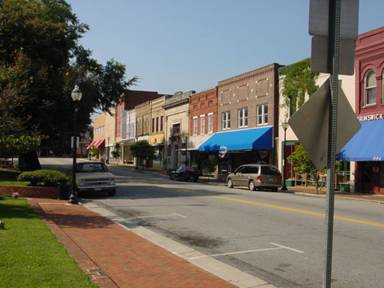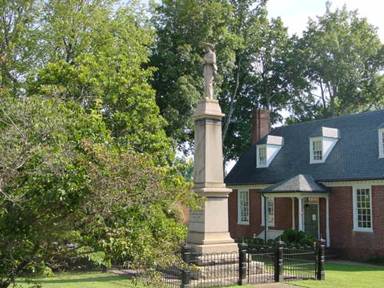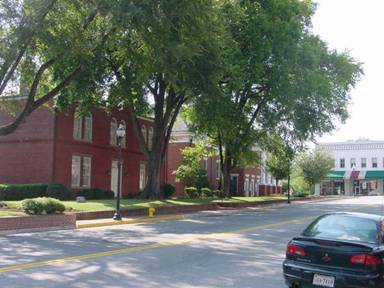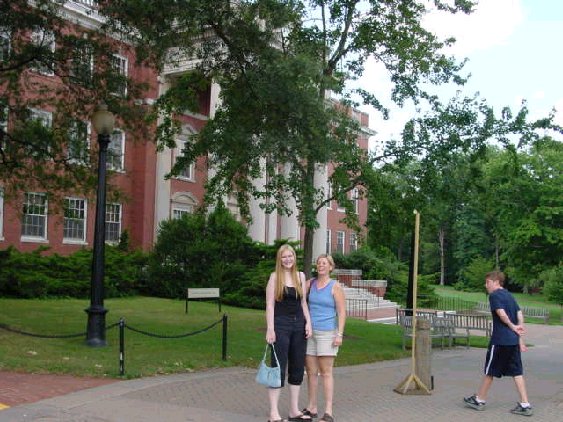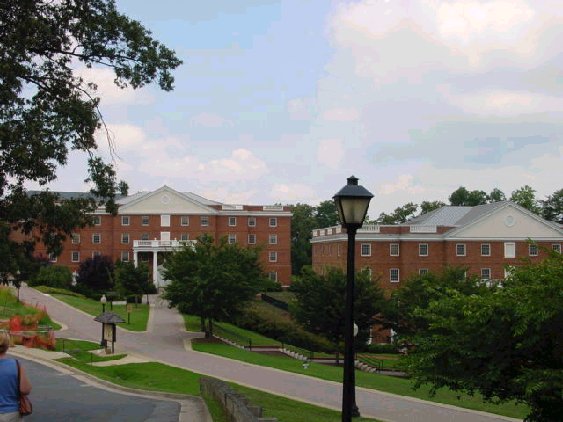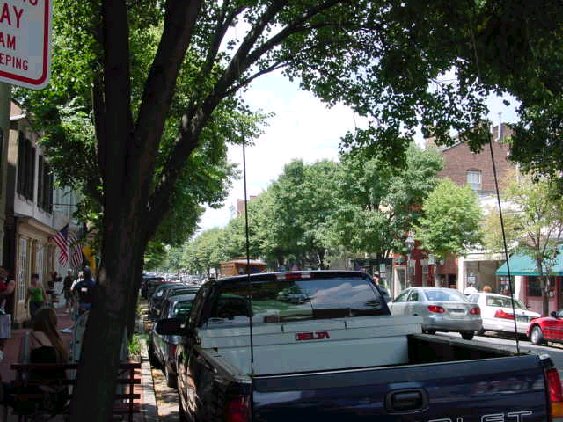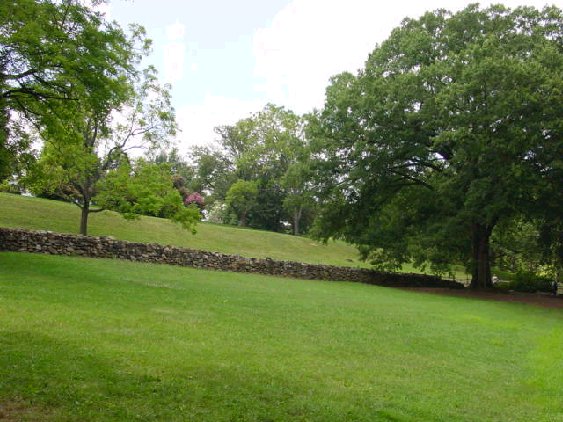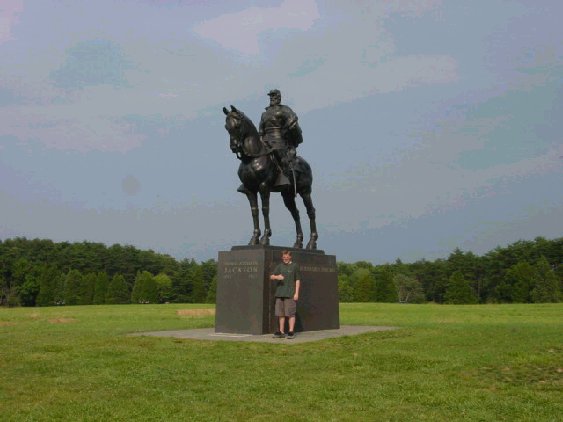
I got an email from my colleague in Iraq telling me that they are experiencing “the mother of all sandstorms.” Since we are still working out of tents, it is doubly bad. I go back to Iraq tomorrow. I expect that my can will be covered in dust and that I will have to shovel off my bed before I can take a nap. I don’t look forward to returning to those gritty 110+ degree days, but you can get used to anything, I guess.

That goes for the sweet as well as the bitter. I spent my penultimate morning in Virginia walking/running around my neighborhood. I probably covered around ten miles. What a pleasant place. But we have gotten used to it and don’t really appreciate what we have. If you listened to all the complaining, you would think our country was a horrible place.
I advocate the mental experiment of imagining you have lost everything. Now imagine you got it back. How happy are you? I have not lost it all but when I am in Iraq I really appreciate what we have in America. America has delivered on the promise to protect the natural rights of life, liberty and the pursuit of happiness. Sometime we are just too fat and happy to recognize that we are fat and happy.
Below is part of one of my running trail
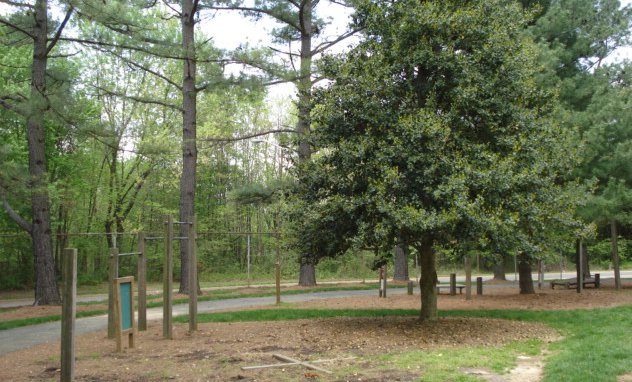
I think America is a great place. Let the dogs of cynicism howl. (Actually the word cynicism comes from the Greek word for dog. Cynics saw themselves are the guard dogs.) Some people would just call me naïve, but I have seen a lot of the world and my opinion is not based on lack of experience. In fact, I think it is the experience with different things that helps me see the wonder and beatuy in the “ordinary” things.
Being an American gives you options and choices. You get to pursue happiness. You don’t always catch it, but there are plenty of chances. I understand that there are also plenty of challenges, but overcoming challenges is the fun part of life. You cannot be happy w/o challenges. Besides on this earth is perfect. We have not achieved and never will achieve heaven on earth.
With all that in mind, I would paraphrase the exchange with Shoeless Joe Jackson on “Field of Dreams”. When he asked, “Is this heaven?” I think the response would be, “No. This is just the United States of America.”
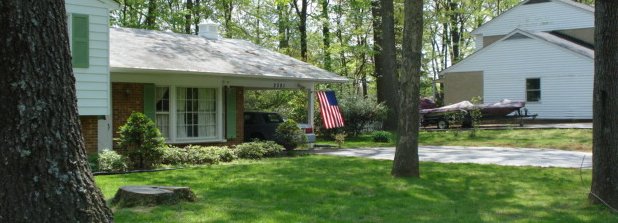
Back to Iraq tomorrow I go. High Ho.



